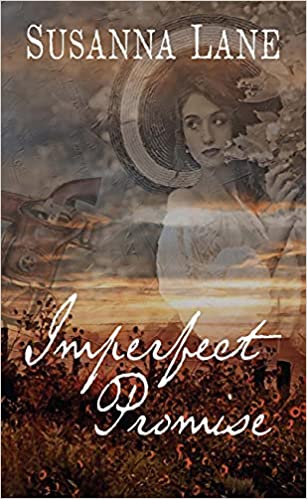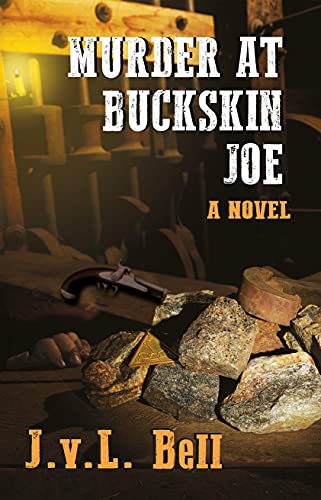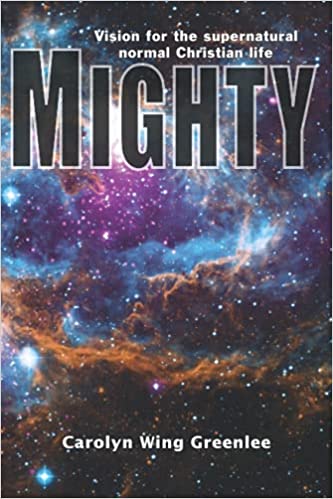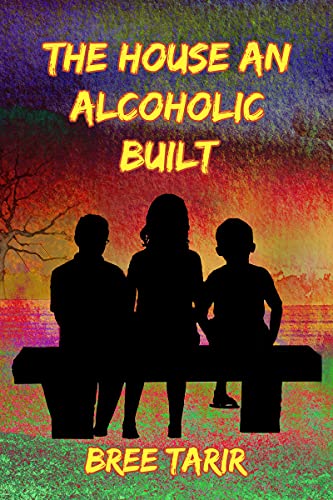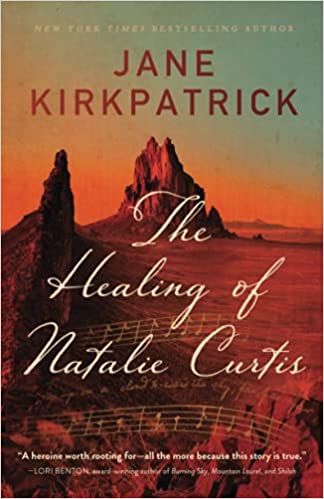
Till My Last Breath, a historical romance novel by Deborah Swenson, has a clever time-travel plot that captured my attention.
In 2019, Emily Sweeney, a trauma physician at a major Seattle medical center, steps into a shooting situation, trying to help her patients, but instead gets shot, abruptly ending a promising career, and her life. Unbelievably, in her afterlife she is thrust into 1880s Arizona Territory and finds herself in a dirty little cabin without any of the luxuries of running water, electricity or even food. How can this be?
Caleb Young decides to go west, leaving his successful 1880s Boston law practice and a personal life of deceit. He makes his way from town to town as a gambler. While in Yuma, he makes an enemy when he catches the man cheating. Later, while riding horseback in the Arizona hills, Calib is shot and left for dead.
When Emily encounters Caleb dying from his wounds, she puts her medical skills to work. The problem, of course, is that she has none of the modern technology she’s been trained to use. But she’s a doctor, dedicated to saving lives. The two are drawn together, at first in her life-saving effort, then as an attraction that can’t be denied.
But how will this work? Emily is a modern woman who yearns to be back home, doing what she’s trained to do. Caleb holds deep bitterness from earlier Boston days, but he’s drawn to Emily’s beauty and spunk. Their attraction and passion is pulled between two centuries.
Till My Last Breath is an interesting novel on many levels. First, the phenomenon of an affair between two people born in two different centuries. The medical aspects of the story were handled well. The author, calling on her own previous profession in health care, does a good job of describing modern medical techniques in comparison with past medications, instruments, and treatment. Swenson handles with aplomb a modern woman’s attitude as she is thrust into 19th century’s limited perspectives. as well as describing the clothing, furnishings and attitudes of the two periods. Another interesting technique the author employs is that each chapter is in the first-person voice of a different character, allowing us to know the various characters and understand their motives. The author vividly describes Arizona’s desert landscape and Yuma’s early days, bringing the story to life.
Till My Last Breath is Book One of the “Desert Hills Trilogy.” I’m looking forward to Book Two.


